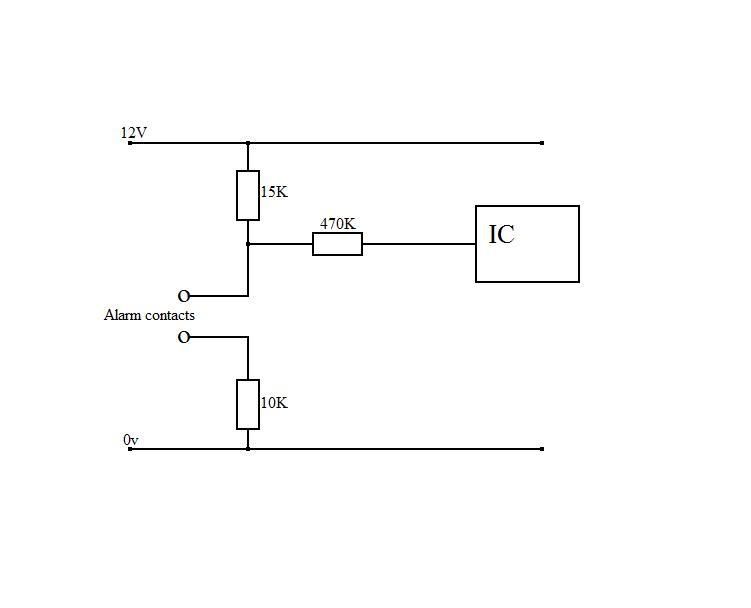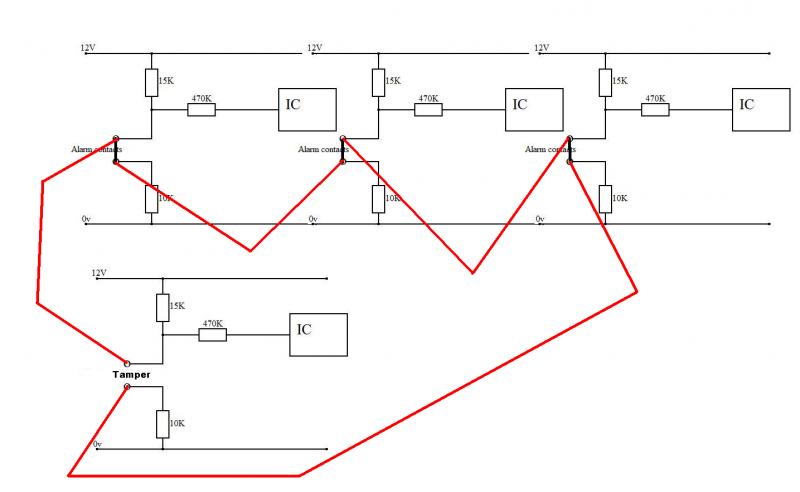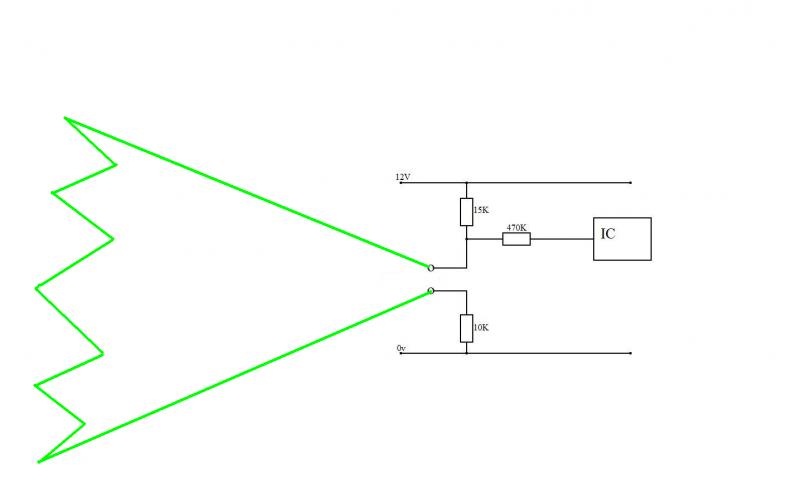Any top tips to make the wiring inside the panel neat (been using Accenta G4 compact) ? I have wired a couple and haven't been satisfied with the outcome in terms of tidiness.
Main problem caused by having to use chock blocks to wire tamper circuit in series and to connect the multiple OV/12v for the sensors. These then float around, and by the time you put the battery in its all a bit of a squeeze.
Do you guys make these connections in a separate box ? Did think about using unused zone terminals (with links still across them) to link up the tampers, but is this seen as bad practice ?
Come to think of it I don't recall ever seeing the inside of a panel look anything other than a rats nest ! Is it just a fact that they don't lend themselves to neatness ?
Main problem caused by having to use chock blocks to wire tamper circuit in series and to connect the multiple OV/12v for the sensors. These then float around, and by the time you put the battery in its all a bit of a squeeze.
Do you guys make these connections in a separate box ? Did think about using unused zone terminals (with links still across them) to link up the tampers, but is this seen as bad practice ?
Come to think of it I don't recall ever seeing the inside of a panel look anything other than a rats nest ! Is it just a fact that they don't lend themselves to neatness ?








